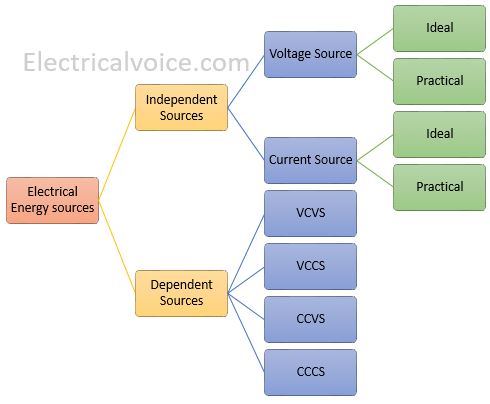What is a Short Circuit?
You might have gone through the term short circuit while solving electrical circuits. Lets see what is a short circuit in electrical circuits. When any element between two terminals is replaced by a zero resistance path then it is called as short circuit between two terminals. The voltage across the short circuit is always zero … Read more

